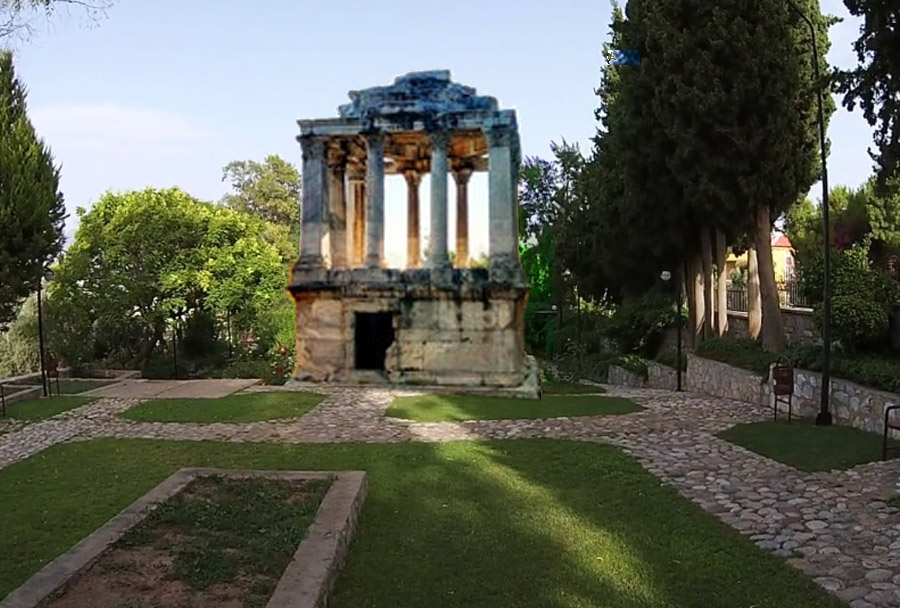Gümüşkesen, which is in the Milas District centre is a monumental grave constructed in the 2nd century AD. It’s built of gray-white marble and a total height of it is 8,45 m.
A two-storied Roman tomb dating back to the second century, the Gümüşkesen (“Silver-Cutting”) is believed by some to have been modeled on the much more famous Mausoleum of Halicarnassus, once one of the Seven Wonders of the Ancient World, now little more than a hole in the ground.
If that is indeed the case, it would probably have to do with a slice of Milas’ most distant history. As the Carian city of Mylasa, it was the original seat of the Hecatomnid family, who ruled the area on behalf of the Persians and carried on the practice of marrying their own brothers and sisters. The most famous king to arise from the dynasty was Mausolus, who made the decision to relocate Mylasa west to Halicarnassus (now Bodrum). On his death his sister-wife had the enormous tomb built in his honor. It stood almost 43 meters high and could be seen from far out to sea. The Gümüşkesen has none of that grandeur; indeed, it’s really rather a small monument. Still, it does stand as a reminder of a time when Milas was not as much of a backwater as it has become since Bodrum rose up to steal its limelight.

